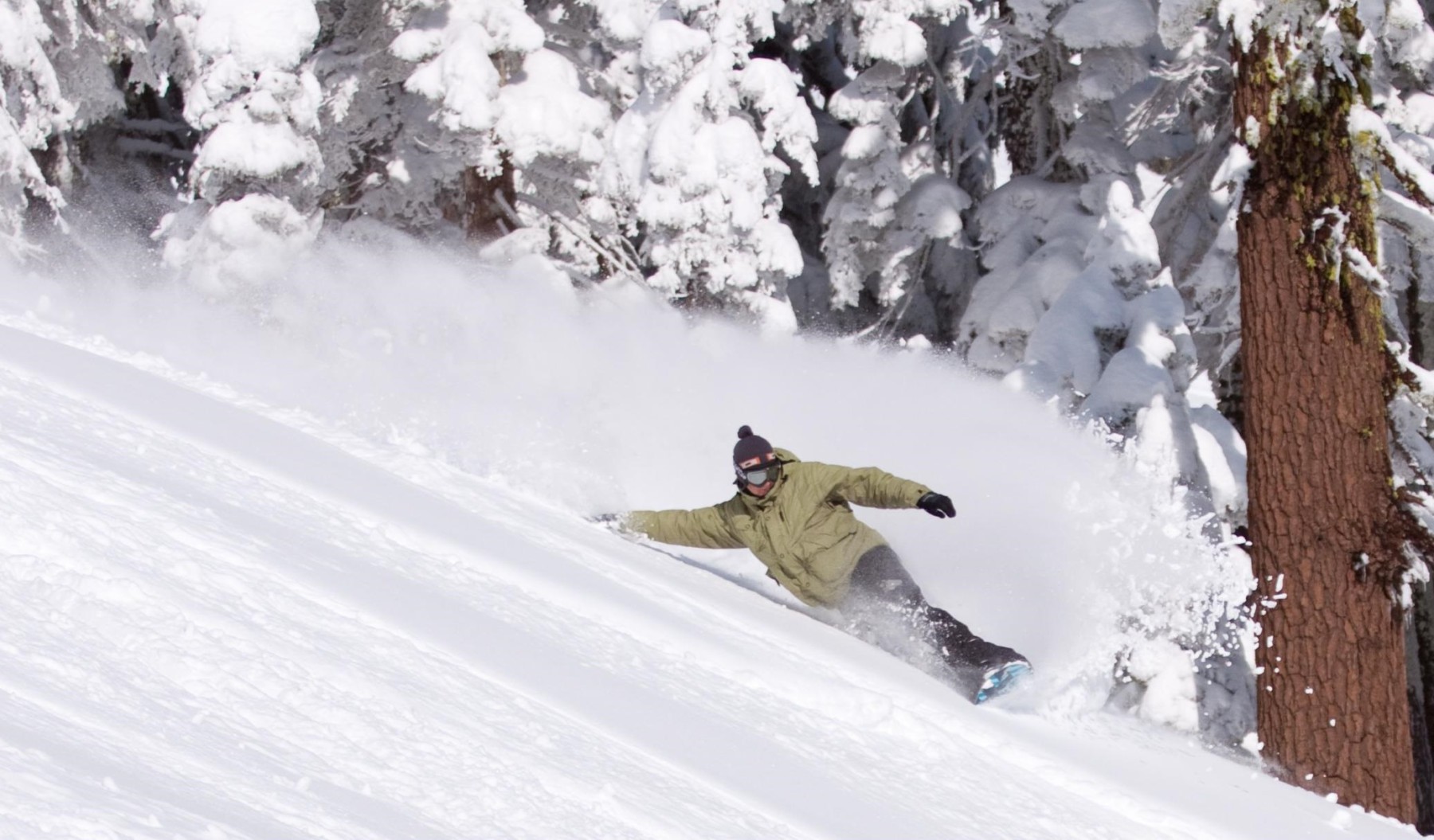Can you feel it? The globular snowflakes pierce through the air with rapid speed yet land ever so gently on your cheeks. The snowflakes melt almost in slow motion into tears that drip down your face, as you tear back and forth through the fluffy turf beneath you. The frigid temperatures remind you that your nose is still connected to your face, as it burns in the midday’s sun.
Suddenly, you spot a minor bump in the ground up ahead and you instantaneously think, “I’ve got this jump.”
As quickly as it came is how quickly you flew through the air, lost control, and crashed down below. Spinning and flipping, you feel the cold burn of snow washing over your entire body and you lose your sense of which way is up. Thankfully, you begin to slow down as your body seemingly connects with gravity once more. “What just happened?” you think to yourself. You lift your head only to see your board sliding down the mountain with only seconds before impacting another mountain rider.
And just like that, you are up and sprinting down the mountain before it’s too late.
—
Ever experienced this? If you are reading this, then probably not. As exhilarating as snowboarding can be, such as one could see and feel towards the beginning of this story, snowboarding can be painful and dangerous for you and other riders if the right equipment isn’t used.
Boards
When preparing to snowboard, making sure your board is of good quality is the number one most important item. The basic features of a board are its dimensions, sturdiness, shape, and color/design. Some boards have different dimensions, depending on the type of conditions you are riding in. Some boards are of greater density than others, leading to various levels of thickness and flexibility. Some boards have a specific shape for regular or goofy-footed individuals. Some boards are intricately designed, while others are not. These four different characteristics all add or subtract from the board’s overall cost and quality.
Bindings
Bindings can be wildly expensive, just like any other part of your snowboarding equipment, really. However, bindings do not have to be unruly in price to work properly. Make sure to at least find bindings that do their job and hold your feet to the board no matter which weird way you jump, fly through the air, or move your feet. Also, make sure you can easily unlatch your back foot from the board so that you can push off the ground beneath you on flat terrains. In order to have your bindings properly latched to the board, make sure to consult a professional so that you feel comfortable, yet aligned during your first of many rides.
Boots
The important idea here is to have the proper tightness to your feet and legs within the boots. If your boot is too snug, your foot could lose proper circulation, and you could easily lose control and potentially hurt yourself. If the boot is too loose, then you are likely to start aching with painful blisters. You’ll probably have to cut your boarding day short because of the piercing pain. You’ll also probably find yourself falling and losing control more often than not. Snowboarding boots are much more forgiving than ski boots–so at least you won’t walk like some unknown, stick-like creature when you’re not connected to the board–but you will need to make sure they are properly snug to your lower extremities to keep you safe and pain-free throughout your stay.
